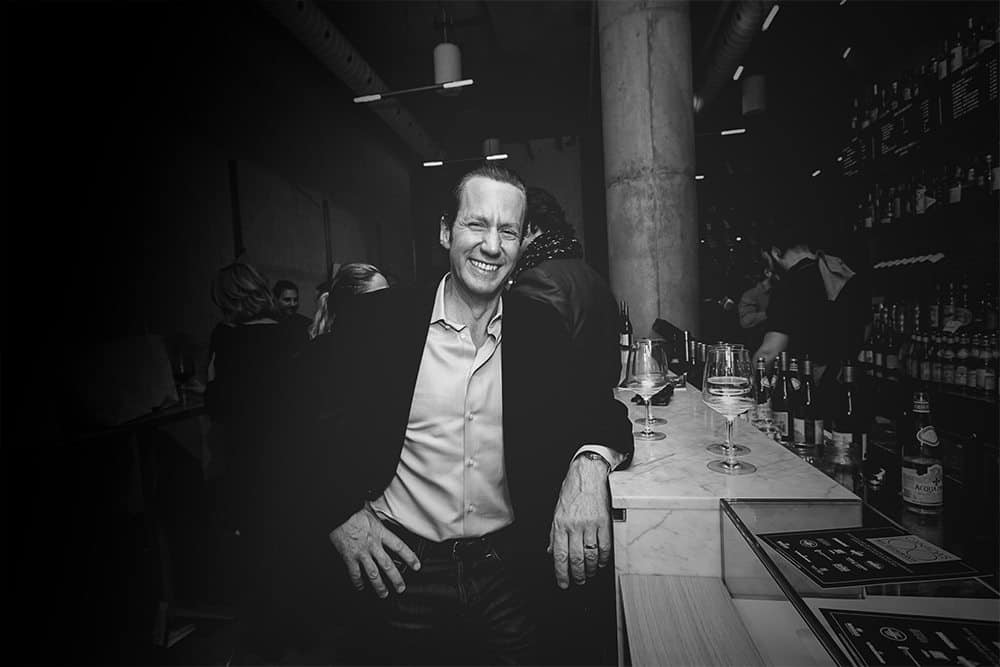
Beef aged with whisky is all the rage—here’s why and here’s how.
You have likely heard of whisky-aged beef by now. If you haven’t—take it from me—you’ll want to try some, soonest. In the meantime, I shall give you a quick backgrounder on whisky-aged beef’s provenance and how you can make it—or, at least, how I did, with a little help from my friend Stephen Alexander, owner of the justifiably esteemed Ontario butcher-shop chain Cumbraes
Steve’s shop was the first place in Toronto where I ever found a good dry-aged steak. And I mean back in the nineties— long before you could find anything similar in Montreal, or Vancouver, or anywhere in between. Or, to be more precise, long after you could—because dry-aging was of course how things were originally done, until the Cryovac bag and its associated economies came along in the 1960s and made dry-ageing an all but forgotten craft.
In the past decade or so it has come back with such a vengeance as to provoke something of a meat-locker arms race. Just five years ago, a restaurant menu offering 60-day dry-aged steaks was all but guaranteed to impress impressionable customers. Now, it takes 120. I’ve even seen 160. And never mind that—there’s a butcher in Montreal called Marc Bourg (Le Marchand du Bourg) who has sold steaks at 365-days, and—with a view to seeking out media coverage—been known to boast of being at work on aging some beef for six or seven years.
Fortunately, before any of us had to risk eating that, something new came along. Enter Yves-Marie Le Bourdonnec, France’s best-known butcher (Boucherie le Bourdonnec) and its iconoclastic riposte to Italy’s Dario Cecchini. Le Bourdonnec is best-known for his breeding projects (like cross-breeding large, lean French Charolais with more steak-friendly British Angus). He also likes to push the dry-aging envelope, and with an innovative twist: adding alcohol to the mix by applying it to a breathable wrapping, like cheesecloth, to keep it in contact with his hanging beef. The trick can be performed with Malbec, sake, brandy or any other tipple of choice—but it is whisky that has caught on, big-time.
Most notably hereabouts, chef Angie Mar, proprietor of the Beatrice Inn in NYC’s West Village, spent a week or so learning the boozy ropes with Le Bourdonnec and put an attention-grabbing, 145-day, whisky-infused rib steak on her menu at about $US9 an ounce. And there have been many others: punch whisky-flavoured steak into a YouTube search and you’ll find demonstrations from a butcher in Australia, from Smith & Wollensky executive chef Matt King, and even from a home-video cook who calls himself Crazy Dave and lisps like Mike Tyson.
As it happened, Steve Alexander and I went in cold and stumbled on the same formula. I showed up at his Queen West shop toting a couple of bottles of J.P. Wiser’s Legacy Canadian Whisky, he helped me select a side of rib from my favourite of his beef suppliers (McSorley, of Ontario), already aged two weeks. I suggested that it might be advisable to remove the membrane from between the ribs, to facilitate flavour penetration (like you do with barbecued pork ribs). So we did. Then we drenched some cheesecloth in whisky, wrapped the side in the dripping cloth five layers deep, and hung it on a hook in the locker. The following week we transferred more whisky to a spray bottle and saturated the cloth again, without unraveling it. We did that again, weekly, for five more weeks, and finally unwrapped it.
Unlike my customary sides of rib, which I dry-age conventionally for eight or nine weeks, the bones on this were very mouldy—a product of the extra moisture in play. So, we cut them off and discarded them, and trimmed the steaks down to rib-eyes. The raw beef had the usual dry-aged aroma, both ferrous and a little cheesy (think Stilton). But whisky mingled in the usual mix—and most enticingly.
I rushed home and fired up the Big Green Egg. While it heated, I salted the steak—and 20 minutes later was surprised to notice a little moisture pooling on the surface. You would never see that on my usual steaks; the boozy wrapping had helped the beef maintain moisture. Another difference was that once cooked, the surface had an unusually pronounced crust. After it rested on the board, my wife Lisa and I at last tucked in.
“That is the best steak I’ve ever had,” she said.
In many ways, she was right. The tenderness was extreme, the succulence extraordinary—a texture that seemed to represent some ultimate new convergence of dry and wet ageing. And the taste, well, what does it sound like to you? First a hit of intense dry-aged beefiness, then the rush of little rivulets of rendered fat coursing over your tongue, carrying an accent of Stilton, and finishing with a mild but distinct note of de-alcoholized whisky.
To me, it is a new paradigm.



